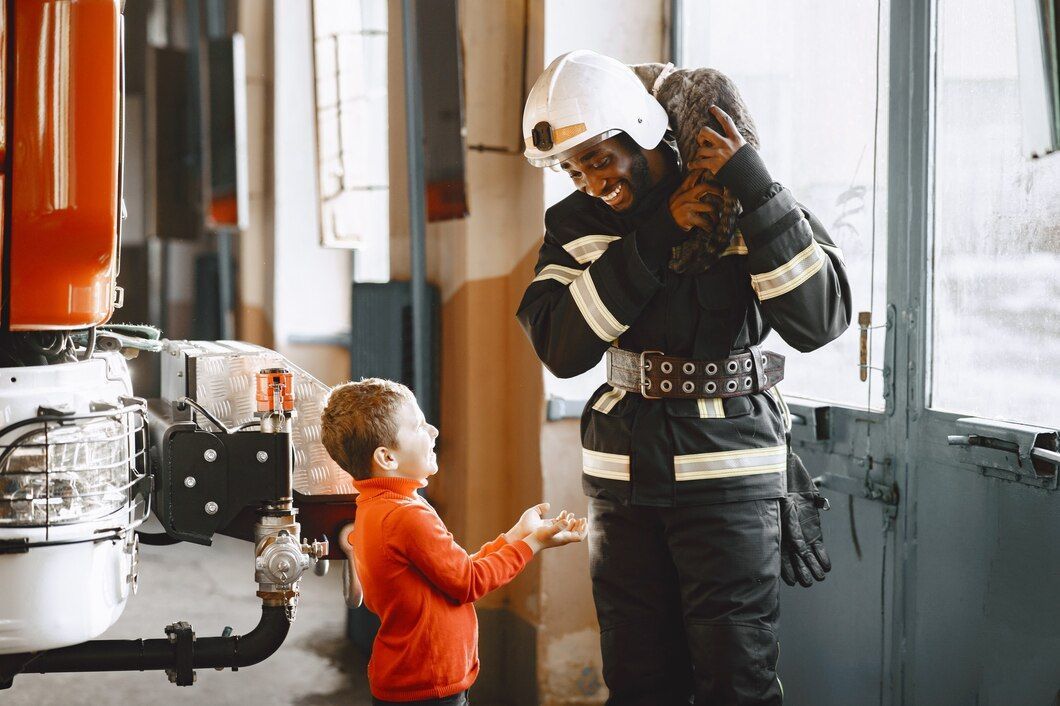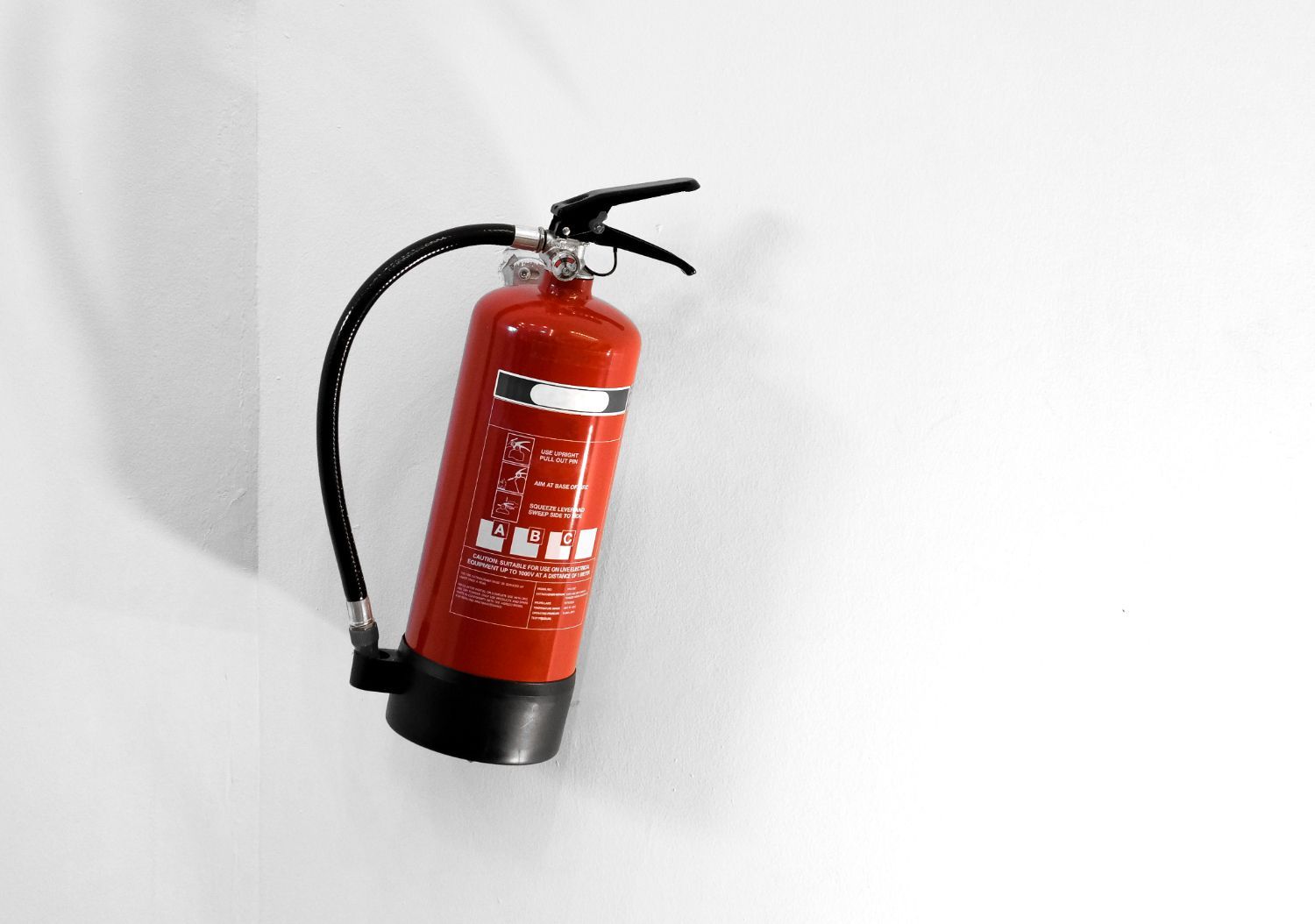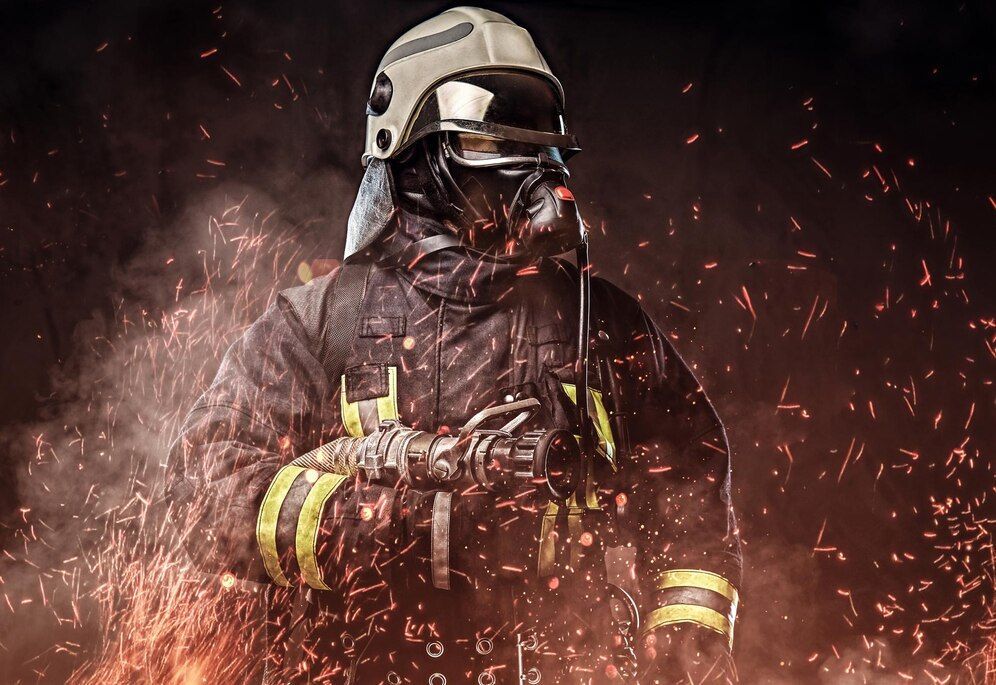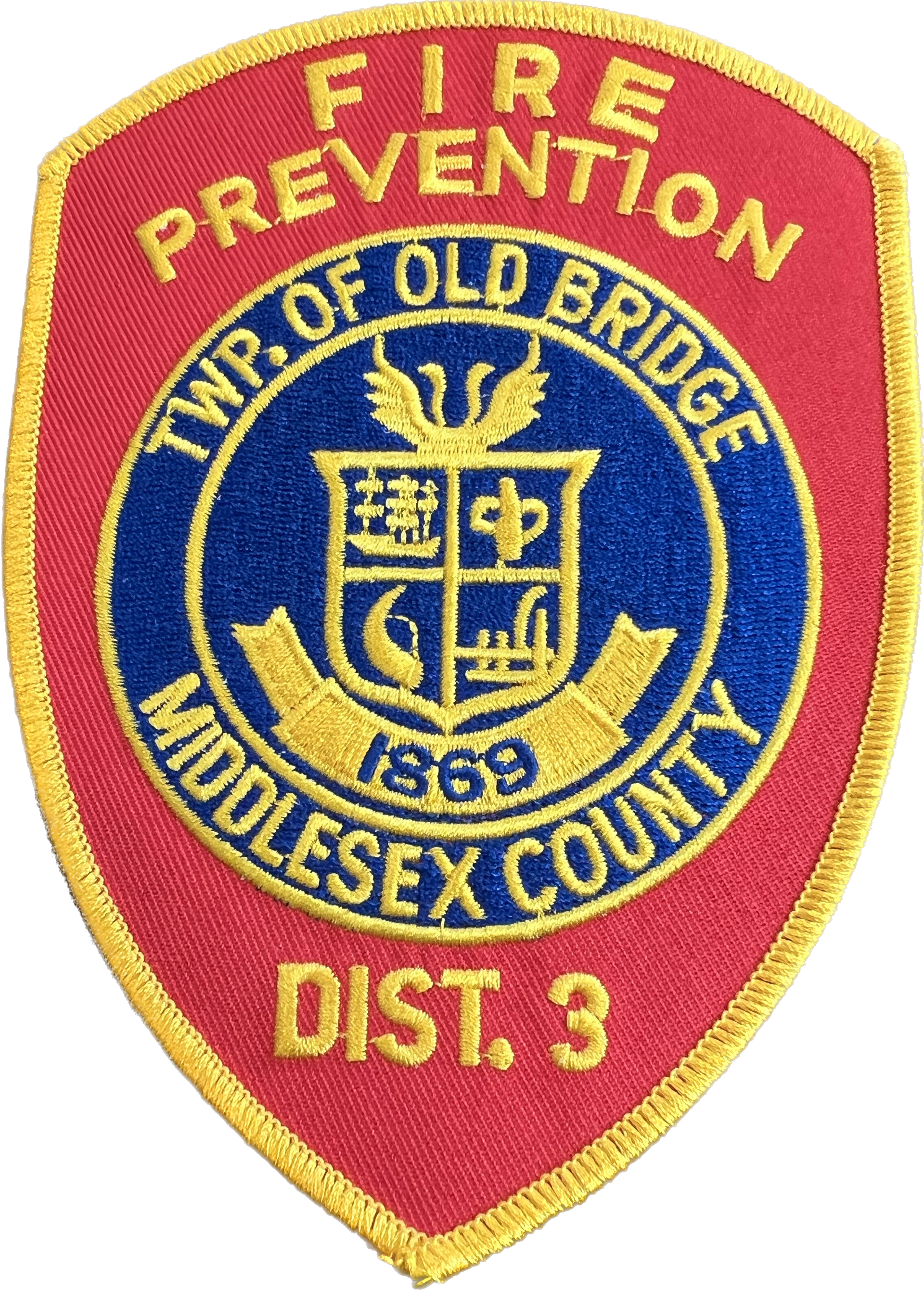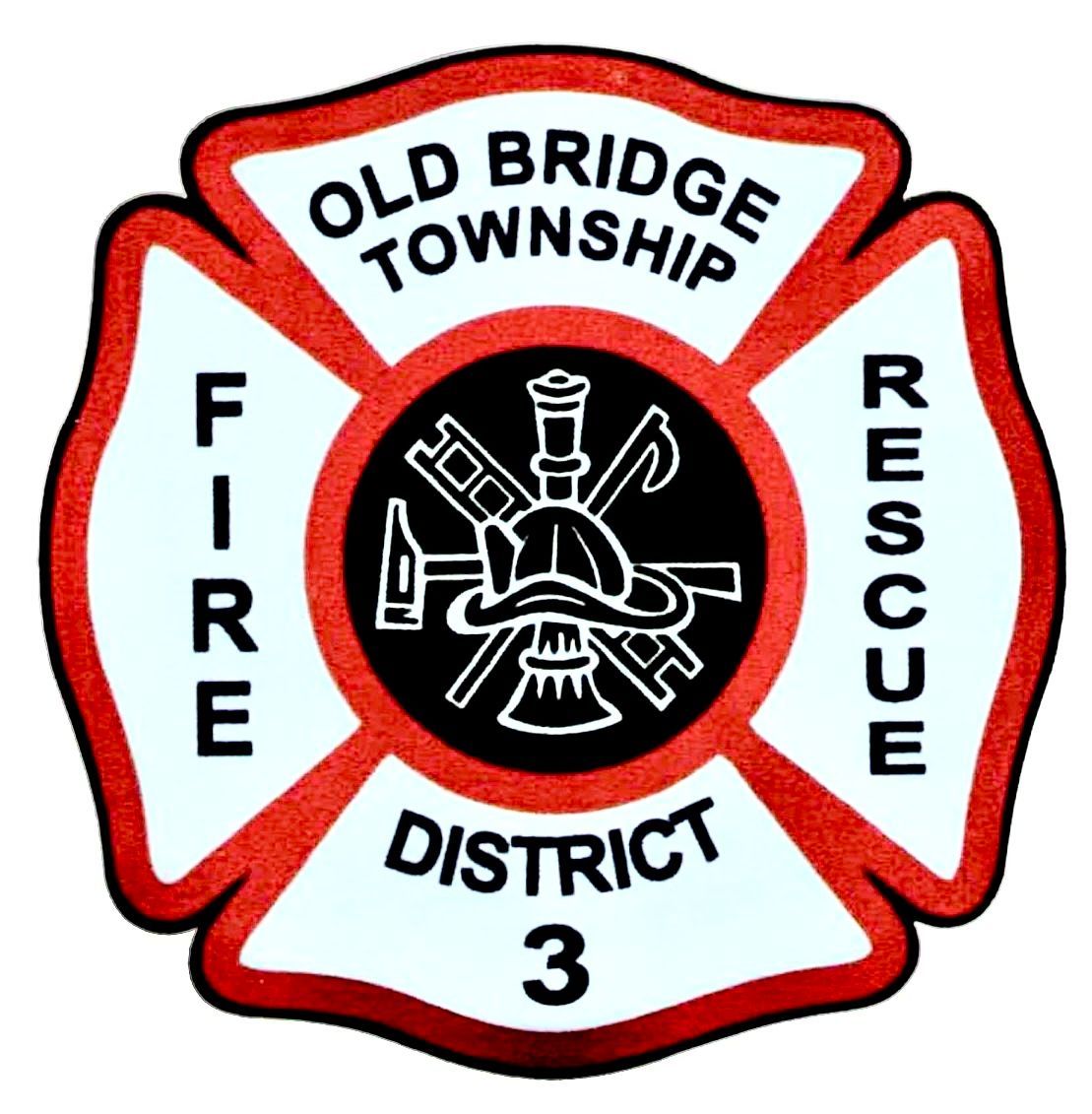Fire Safety for Kids: A Parent's Guide to Teaching Fire Prevention and Response
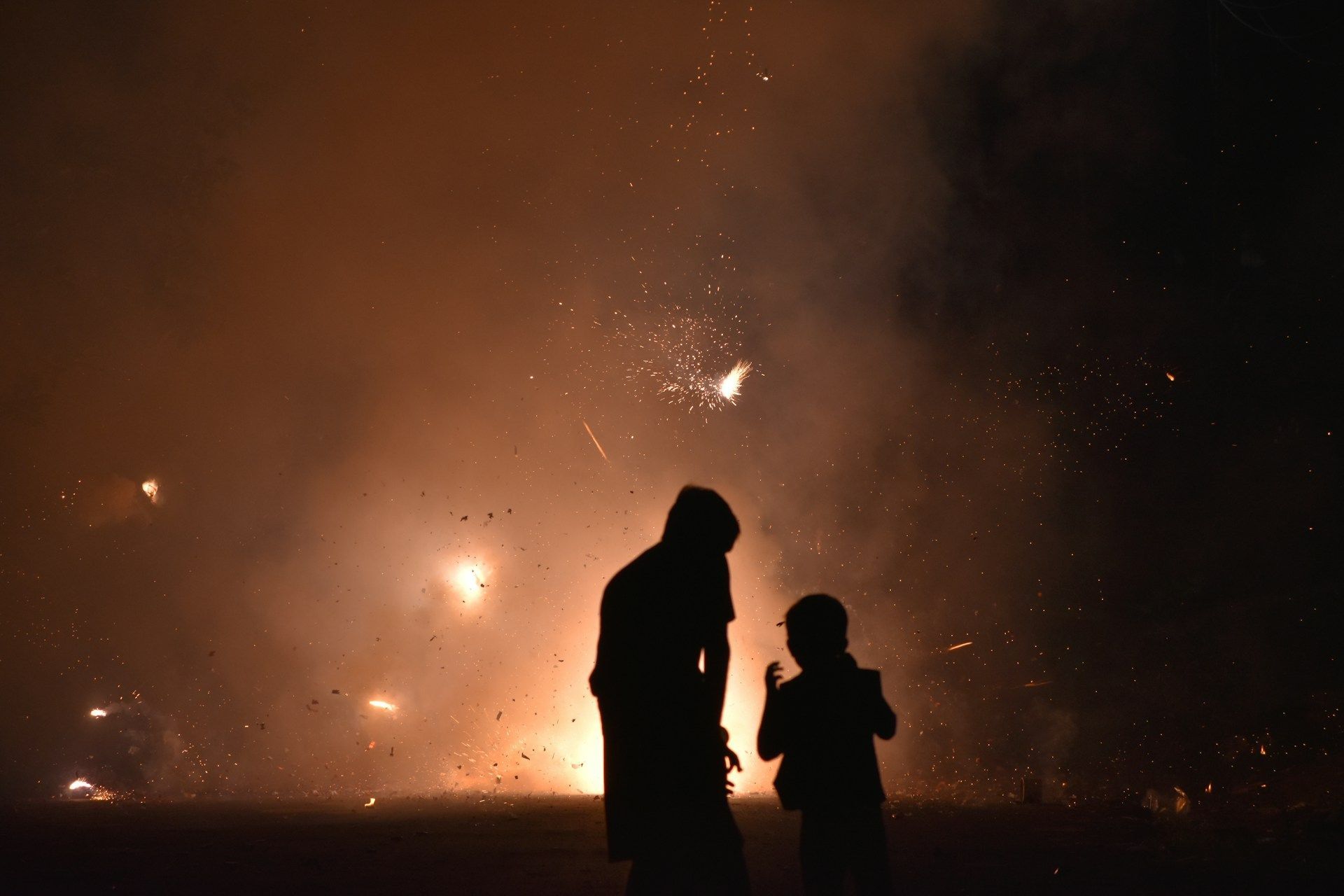
As a community dedicated to fire protection and public education, we understand the tremendous impact of establishing a strong foundation in fire safety for our youngest members. Children are particularly vulnerable in fire-related emergencies, making it crucial for parents to equip them with essential knowledge and skills regarding fire prevention and response. By creating an informative and engaging blog post, we can empower parents with valuable strategies and ideas to teach their children about fire safety and reduce fire hazards in our community.
Our guide to teaching fire safety for kids aims to provide a wealth of information tailored to parents on this critical subject. We will delve into age-appropriate lessons that address various fire-related topics, including fire prevention measures, recognizing and reacting to the sound of a fire alarm, and understanding the importance of having an escape plan. In addition, we will share a list of engaging activities that will help children retain and apply this essential knowledge in real-life situations.
Understanding the potential impact of fire safety education on our children's lives, we invite parents to make use of this resource as they foster their children's understanding of fire prevention and response. Together, we can play a vital role in creating a community where our youngest members are prepared, capable, and better equipped to make informed decisions in the event of a fire emergency.
1. Age-Appropriate Fire Safety Lessons for Children
Tailoring fire safety lessons to a child's age and understanding ensures that they can grasp essential concepts:
- Preschoolers (3-4 years): Focus on basic fire safety concepts such as the dangers of playing with matches or lighters, the importance of staying away from hot objects, and understanding the roles of firefighters. Teach them the "Stop, Drop, and Roll" technique to extinguish clothing fires.
- Early Elementary (5-7 years): Build on fundamental concepts while introducing additional fire safety measures such as smoke alarm recognition, the importance of having a fire escape plan, and safely exiting a building during an alarm. Incorporate the concept of "Get low and go" to teach children to crawl beneath smoke.
- Middle Elementary (8-10 years): Enhance their knowledge by discussing emergency contact numbers, the significance of keeping doors closed to prevent fire spread, and practicing diverse evacuation scenarios.
- Pre-Teens and Teens (11-14 years): Address more advanced topics such as creating and implementing a family fire escape plan, in-depth emergency preparedness measures, and the appropriate use of fire extinguishers.
2. Engaging Activities to Reinforce Fire Safety Concepts
Interactive and hands-on activities ensure children retain and apply fire safety knowledge:
- Fire Safety Scavenger Hunt: Create a scavenger hunt where children identify and locate fire safety items in your home, such as smoke alarms, fire extinguishers, and escape routes.
- Smoke Alarm Sound Recognition: Let your child listen to the smoke alarm sound, explaining the importance of reacting promptly and following the family escape plan when it goes off.
- Fire Safety Art Project: Encourage children to draw or paint pictures depicting various fire safety situations, followed by a discussion about the story behind their art.
- Family Fire Drills: Execute regular family fire drills that include practicing escape routes, meeting at a designated spot, and testing smoke alarms.
3. Preparing Children for Real-Life Fire Scenarios
Practical guidelines help children apply fire safety concepts effectively in the event of an emergency:
- Never Hide: Teach children never to hide under furniture or in closets during a fire, as it could delay rescue efforts.
- Using Windows Safely: Instruct older children on how to safely open, close, and lock windows, as well as the appropriate use of fire escape ladders should a window be the only exit route.
- Smoke Alarms as Early Warning Systems: Emphasize the importance of the role that smoke alarms play in giving early warnings during fire emergencies and the necessity of taking immediate action when one goes off.
- Reassurance: Ensure children understand that firefighters may look scary in their protective gear during a rescue, but they are there to help and should not be feared.
4. Emphasizing the Importance of Fire Prevention Measures
Instilling an understanding of fire prevention measures is key to reducing potential fire hazards:
- Safe Use of Electrical Appliances: Teach children the appropriate way of plugging in and unplugging cords, avoiding overloading outlets, and never running cords under rugs or furniture.
- Kitchen Safety: Share practical guidelines for safe cooking practices, such as never leaving the stove unattended while cooking, keeping a safe distance from hot surfaces, and not wearing loose clothing while in the kitchen.
- Smoke-Free Home: Encourage a smoke-free home, as smoking is a leading cause of residential fire fatalities. Explain to your children the risks associated with smoking materials and the importance of using designated smoking areas when visiting others.
- Regular Inspection: Teach children about the importance of regular home inspections to ensure that smoke alarms, fire extinguishers, and other safety devices work correctly.
Fostering a Generation of Fire Safety Advocates
Teaching children about fire safety is a shared responsibility, as the knowledge and skills they acquire could potentially save their lives and the lives of others. Parents play a crucial role in nurturing their children's understanding of
fire prevention and response, from age-appropriate lessons and engaging activities to practical guidelines for real-life scenarios.
As they grow older, our children will become the future champions of fire safety in our community. By empowering them with essential knowledge, we pave the way for a safer environment for generations to come. Let us all contribute to this collective effort by sharing our resources and experiences, inculcating the importance of fire safety practices in our children as they navigate and learn from the world around them.
Spread the importance of fire safety education by sharing the Board of Fire Commissioners, Fire District 3, Township of Old Bridge’s comprehensive Parent's Guide to Teaching Fire Safety for Kids, and help protect our community's future generations.

